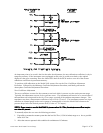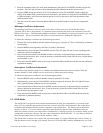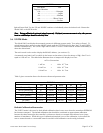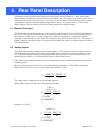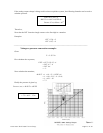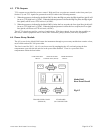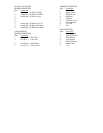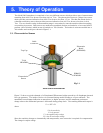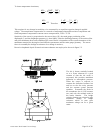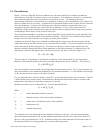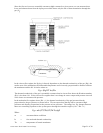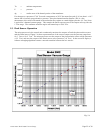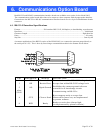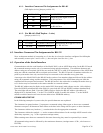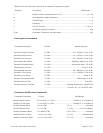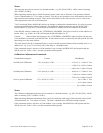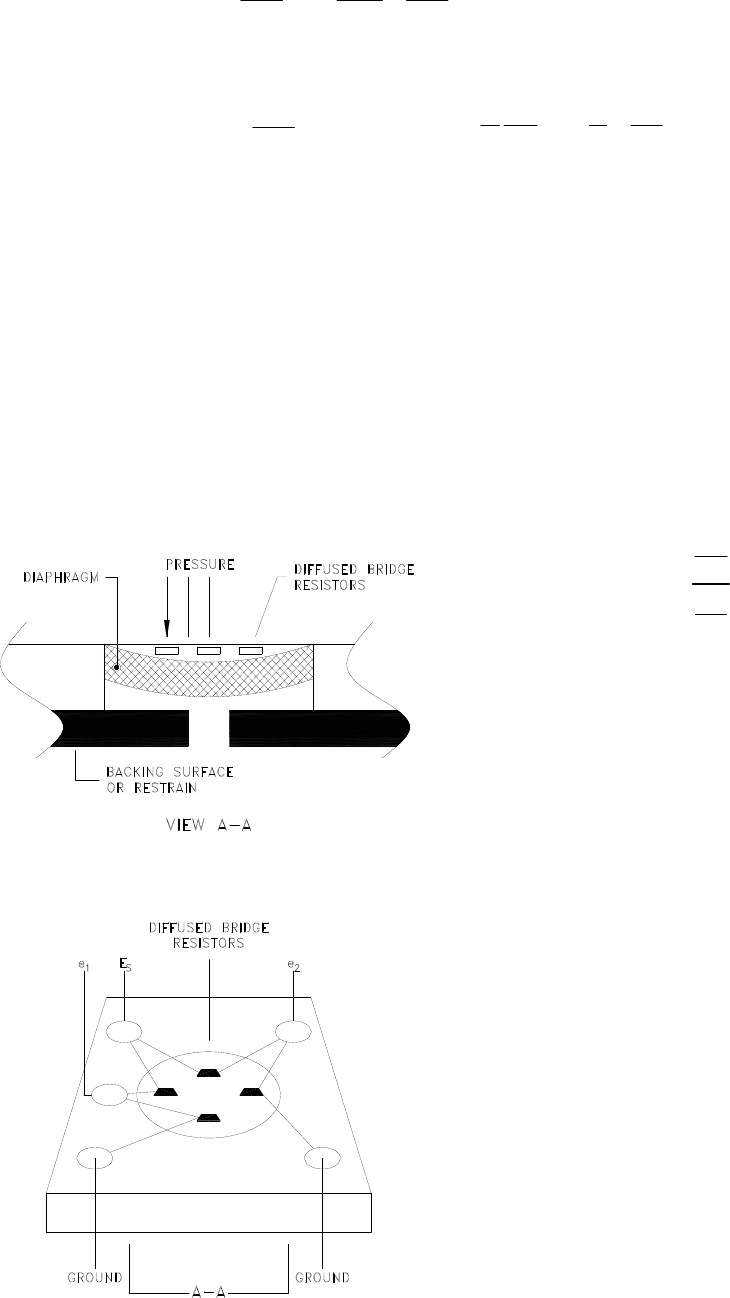
149-072011 Model 2002 Vacuum Gauge Page 19 of 38
To insure temperature invariance,
Therefore
This requires for any change in sensitivity to be countered by an equal but opposite change in applied
voltage. The temperature compensation is a network of temperature dependent resistive components and
fixed temperature compensation current source compensation, TCR = -TCS.
Sensitivity of the sensor is proportional to the sensor factor (K), the strain gauge positioning of the
diaphragm (f) and the diaphragm geometry (q) thus SμKfq. Once the defining geometry of the resistive film
and piezo membrane have been established, the sensor factor is dependent on the crystal orientation of the
membrane material, the doping level and diffusion parameters and the strain gauge geometry. The sensor
factor is essentially the change in resistance for a change in strain or,
Boron ion implanted doped Si matrix resistance elements are employed as shown in figure 5.2.
The die is electro statically bonded
on to a Pyrex substrate in a good
vacuum so that the die cavity is
evacuated; this provides maximum
deflection at atmospheric pressure.
When the sensor is exposed to
vacuum the deflection becomes less
and less as the die cavity pressure
and the vacuum system pressure
equalizes. Eventually the strain in
the membrane due to DP becomes
zero and only the residual strain in
the lattice remains. The bridge
resistive elements are oriented to give
maximum change in bridge
resistance which in turn gives
maximum voltage out for a given
strain.
⎟
⎠
⎞
⎜
⎝
⎛
+=
dT
VdS
dT
SdV
P
dT
dVo
0=
dT
dVo
⎟
⎠
⎞
⎜
⎝
⎛
+−=
dT
dS
SdT
dV
V
11
L
L
R
R
K
Δ
Δ
=



